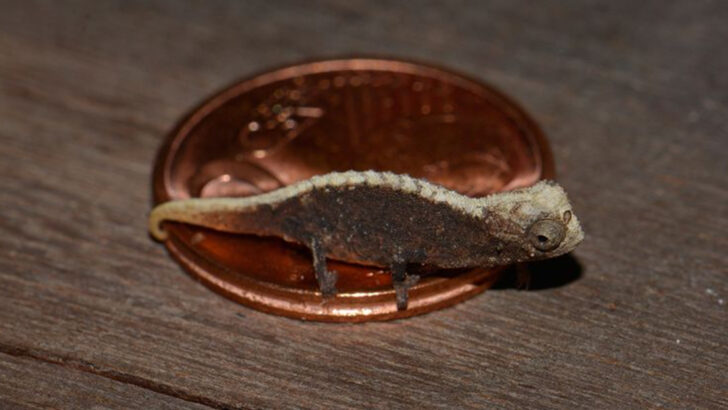They’re tiny, bizarre, and almost went completely unnoticed. Hidden in soil, under leaves, or drifting through ocean currents, these 21 creatures defy logic—and expectations. With transparent bodies, alien-like features, or behaviors straight out of science fiction, they were nearly invisible to science until someone took a closer look. Some are no bigger than a grain of sand. Others live in places we rarely dare explore. But each one proves that nature has a weird side it doesn’t show off easily. These strange organisms aren’t just curiosities—they challenge what we think we know about life on Earth. From microbes with mysterious powers to insects that look stitched together by imagination, they remind us: discovery isn’t over. The world still holds secrets. And some of them are really, really small.
Bumblebee Bat
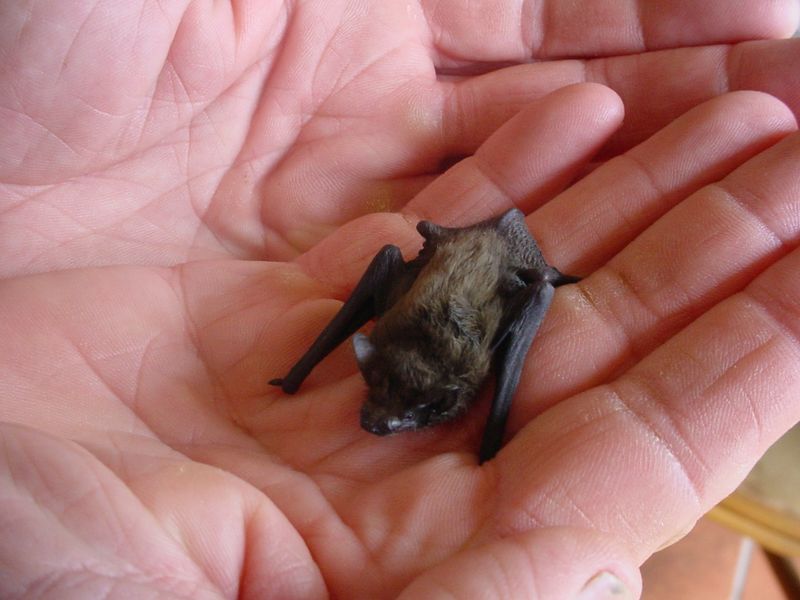
Weighing less than a penny, the Bumblebee Bat is the smallest mammal in the world. Found in the limestone caves of Thailand and Myanmar, this tiny creature flits through the night like a miniature specter. Its wings, delicate and translucent, whisper through the air as it hunts for insects.
Despite its diminutive stature, the Bumblebee Bat plays a crucial role in its ecosystem. With a wingspan of just over five inches, it exemplifies nature’s ingenuity. Scientists almost missed it, only discovering its existence in the late 20th century. Its mysterious presence reminds us of nature’s hidden wonders.
Tardigrade
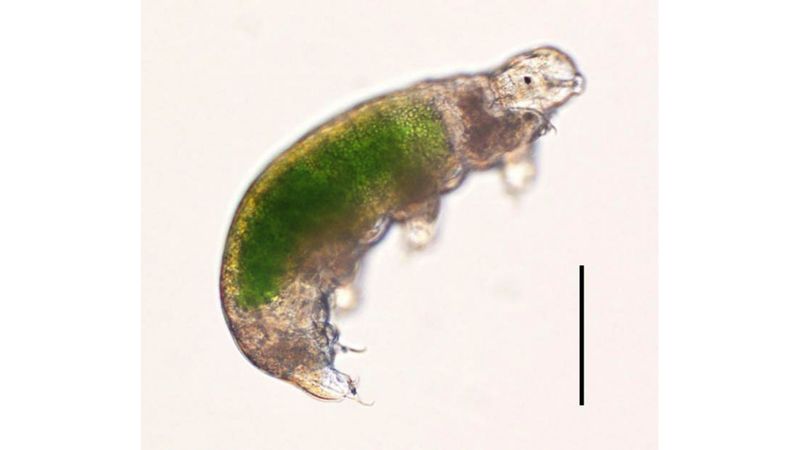
Known as the ‘water bear,’ the Tardigrade is a resilient microscopic creature thriving in extreme environments. With a chubby body and clawed legs, it resembles a creature from a sci-fi novel.
Tardigrades can survive extreme temperatures, pressure, and even the vacuum of space. These intrepid survivors can enter a state of suspended animation, emerging unscathed after decades.
Discovered in the 18th century, their tenacity continues to baffle scientists. Their discovery highlighted the unseen complexities of life at a microscopic scale, proving that sometimes, the smallest creatures are the most formidable.
Pygmy Seahorse
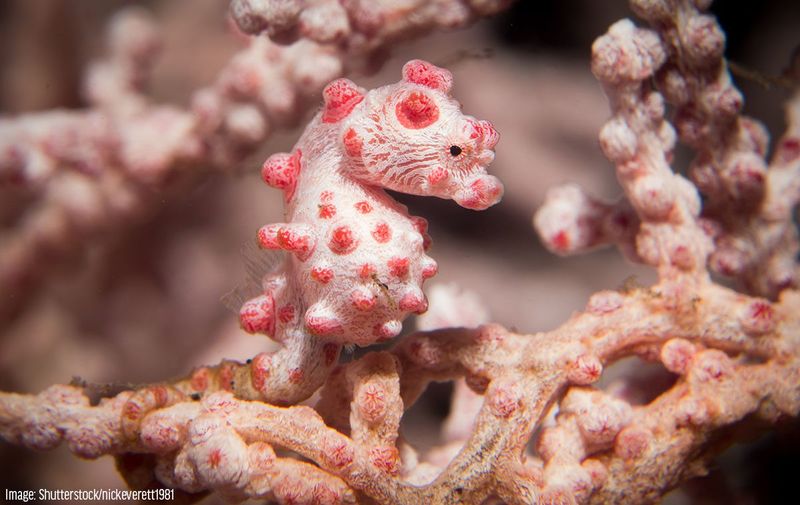
The Pygmy Seahorse, no larger than a human fingernail, is a master of disguise. Found amongst the coral reefs of the Indo-Pacific, its camouflaged body can blend seamlessly with its surroundings.
This elusive creature escaped scientific attention for years, hiding in plain sight. Its discovery was a serendipitous event. These seahorses are monogamous and carry a significant ecological role in their habitat.
Their unique appearance and remarkable ability to adapt highlight the diversity of marine life. Studying the Pygmy Seahorse has provided insights into evolutionary biology and the intricacies of aquatic ecosystems.
Paedophryne Amauensis
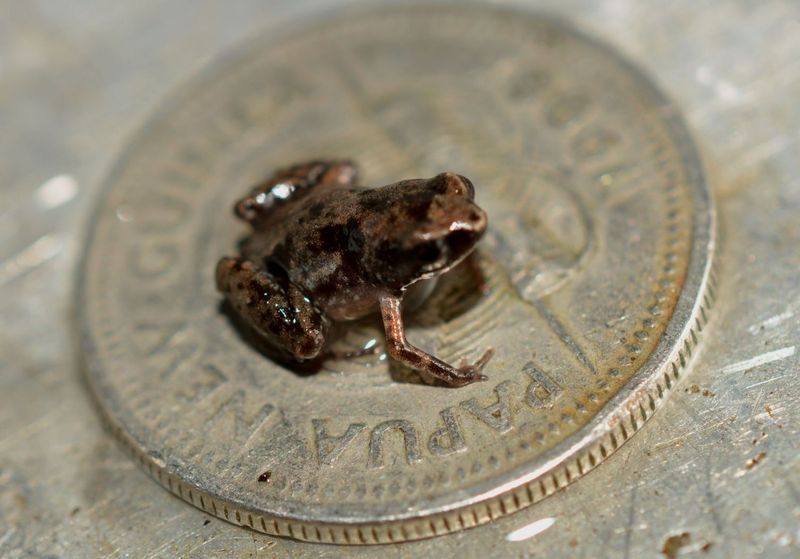
Paedophryne Amauensis holds the title of the world’s smallest known vertebrate, measuring just 7.7 mm in length. Found in Papua New Guinea, this tiny frog lives in leaf litter on the forest floor.
Its discovery in 2009 was a breakthrough in herpetology, revealing the vast diversity of frog species. Despite its size, it plays a vital role in controlling insect populations.
The Paedophryne Amauensis challenges our understanding of vertebrate biology and adaptation. Its existence is a reminder of the uncharted biodiversity that exists in our world.
Fairyfly
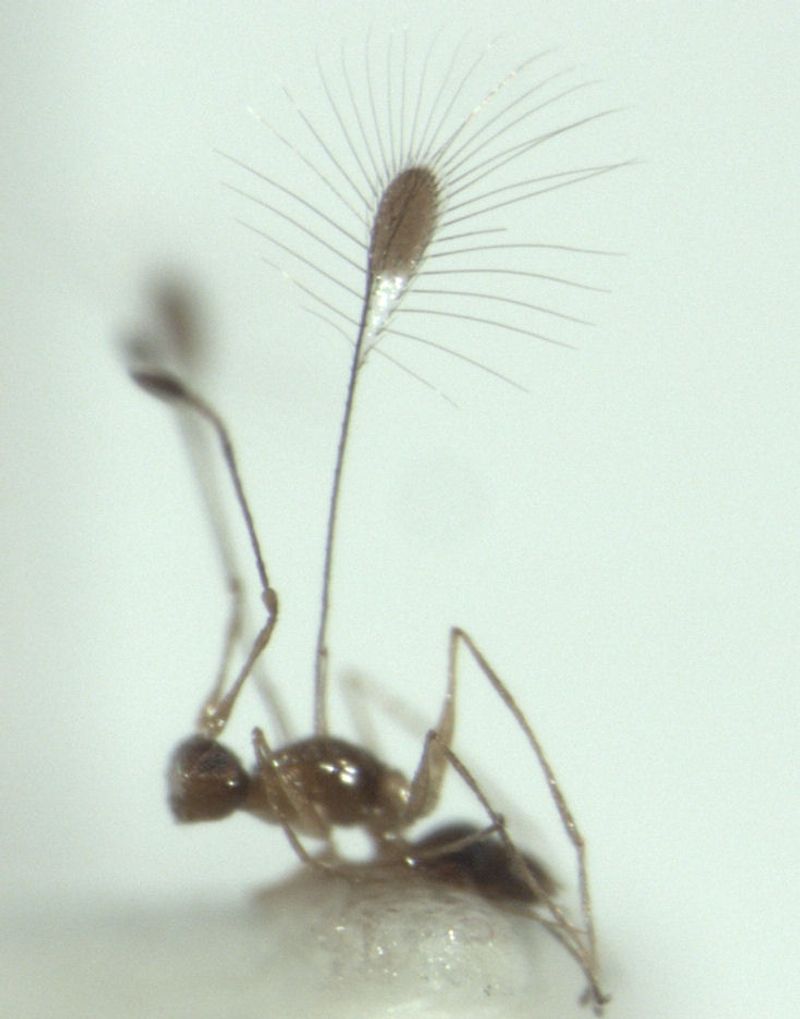
The Fairyfly, despite its name, is a wasp and the smallest insect known, measuring just 0.5 mm. These minute creatures are almost invisible to the naked eye, living in a world of pollen and plant debris.
Their transparent wings shimmer in the sunlight, akin to gossamer threads. Discovered in the late 19th century, Fairyflies are parasitic, laying eggs inside other insects’ eggs.
Their role in controlling pest populations is essential, showcasing nature’s balance. The Fairyfly’s tiny stature reminds us of the incredible diversity within the insect kingdom.
Etruscan Shrew
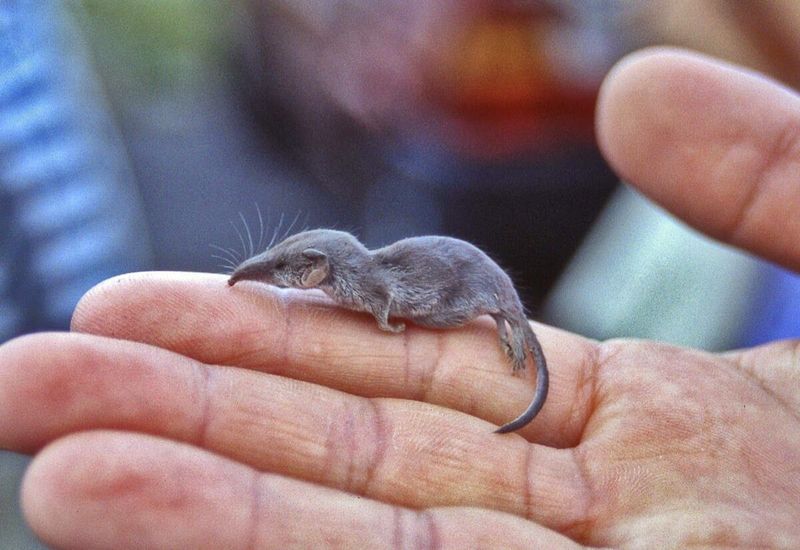
The Etruscan Shrew, weighing just 1.8 grams, is the world’s smallest mammal by mass. With a metabolism as rapid as its movements, this tiny creature is constantly on the move.
Its pointed snout and small frame allow it to hunt insects with precision. Found in southern Europe and northern Africa, it inhabits various environments, from forests to grasslands.
Discovered in the 18th century, the Etruscan Shrew’s remarkable adaptations have intrigued scientists. Its existence emphasizes the diversity of mammalian life and the complex ecological roles even the tiniest mammals can play.
Kitti’s Hog-nosed Bat
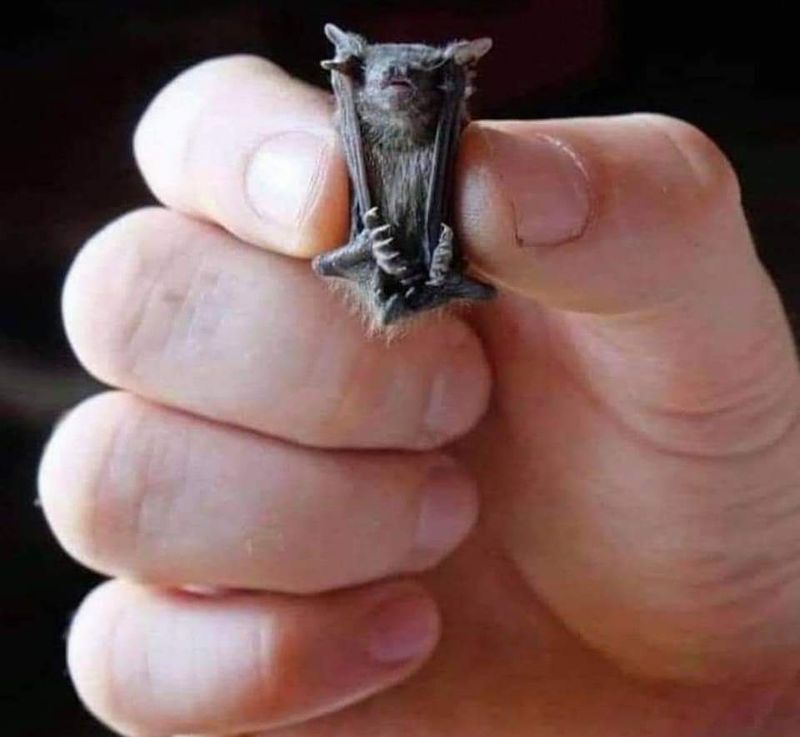
Also known as the Bumblebee Bat, Kitti’s Hog-nosed Bat is a minuscule mammal found in Thailand and Myanmar. Its distinctive pig-like snout sets it apart from other bats.
Roosting in limestone caves, this bat’s echolocation skills are finely tuned for hunting insects. Its small size, roughly the weight of a large coin, allows it to navigate tight spaces.
Despite being discovered in the 1970s, its population remains vulnerable due to habitat loss. Kitti’s Hog-nosed Bat underscores the importance of conservation efforts for lesser-known species.
Patu Digua Spider
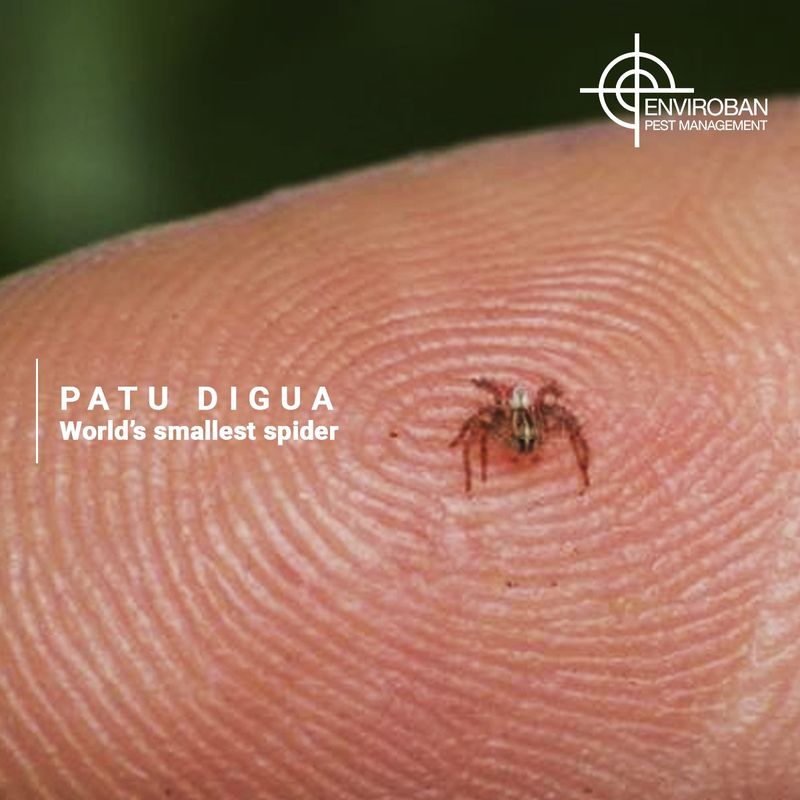
The Patu Digua Spider is among the tiniest arachnids, with males measuring just 0.37 mm. Discovered in Colombia, its diminutive size makes it one of the smallest known spiders.
Despite its tiny stature, it spins intricate webs to capture prey. Its pale body blends seamlessly with its surroundings, making it almost invisible.
The Patu Digua Spider’s discovery in the 1980s added to the understanding of spider diversity. Its size challenges our perception of arachnids, revealing the adaptability and vastness of spider species.
Speckled Padloper Tortoise
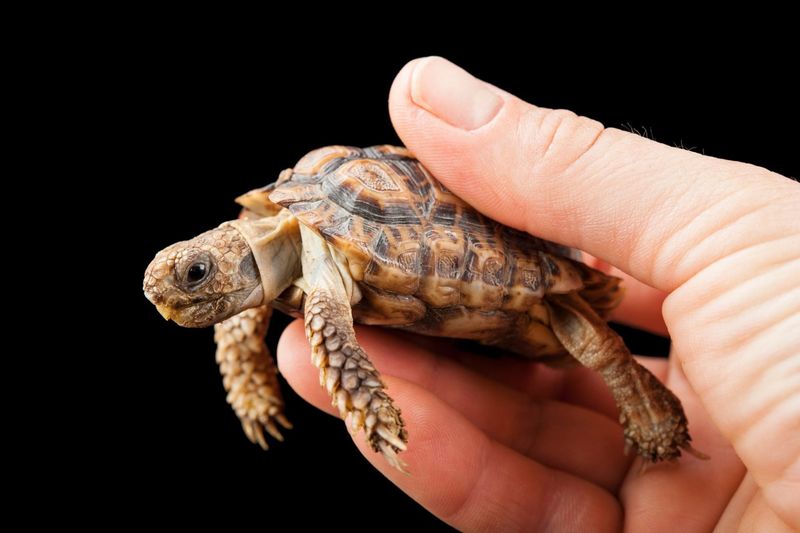
The Speckled Padloper Tortoise is the smallest tortoise species, native to South Africa. With a shell adorned in intricate patterns, it blends into the rocky terrain of its habitat.
Males measure just 6 to 8 cm, making them masters of concealment. Discovered in the early 20th century, they thrive in arid regions, feeding on succulents.
This tortoise exemplifies adaptation to harsh environments, contributing to ecological balance by dispersing seeds. The Speckled Padloper’s discovery highlights the diversity and resilience of reptiles in extreme habitats.
Brookesia Micra Chameleon
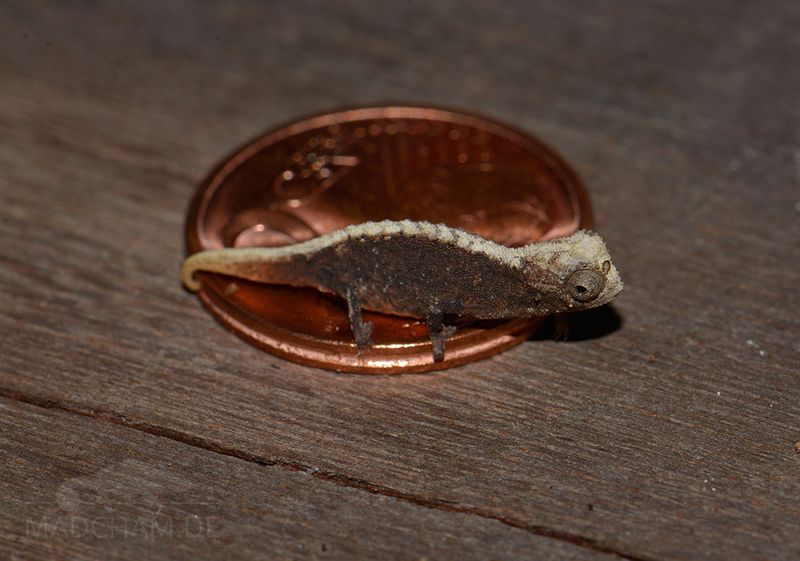
The Brookesia Micra Chameleon, native to Madagascar, is one of the smallest reptiles known. Measuring just 29 mm, it can comfortably rest on a matchstick.
Discovered in 2012, its vibrant hues and diminutive size make it a marvel of evolution. This miniature chameleon inhabits leaf litter in forests, using its tongue to capture prey.
Despite its size, it plays a significant role in controlling insect populations. The Brookesia Micra challenges our understanding of reptilian diversity and adaptation, showcasing the wonders of Madagascar’s unique ecosystem.
Pygmy Rabbit
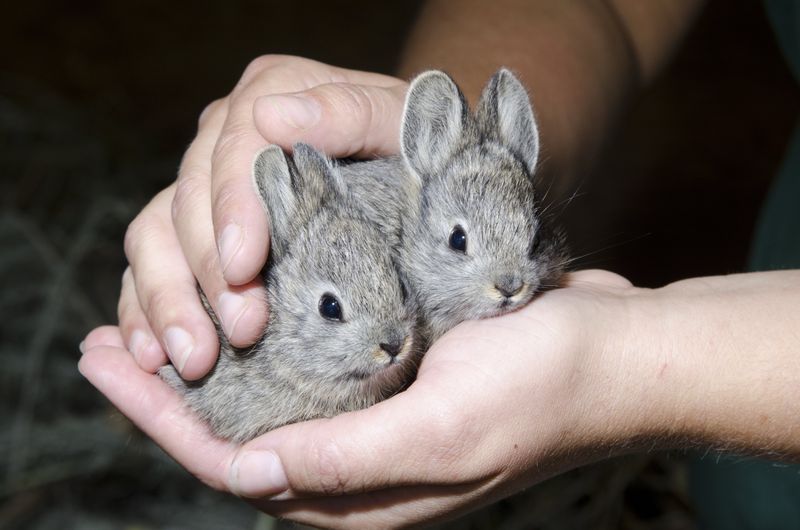
The Pygmy Rabbit, native to North America, holds the title of the world’s smallest rabbit. Weighing less than a pound, it thrives in the shrublands of the western United States.
Its tiny ears and fluffy body help it blend into the sagebrush, providing both food and shelter. Despite being elusive, it plays a crucial role in its ecosystem by dispersing seeds and providing prey for predators.
The Pygmy Rabbit’s discovery in the 19th century highlighted the importance of conserving its unique habitat to ensure its survival.
Madame Berthe’s Mouse Lemur
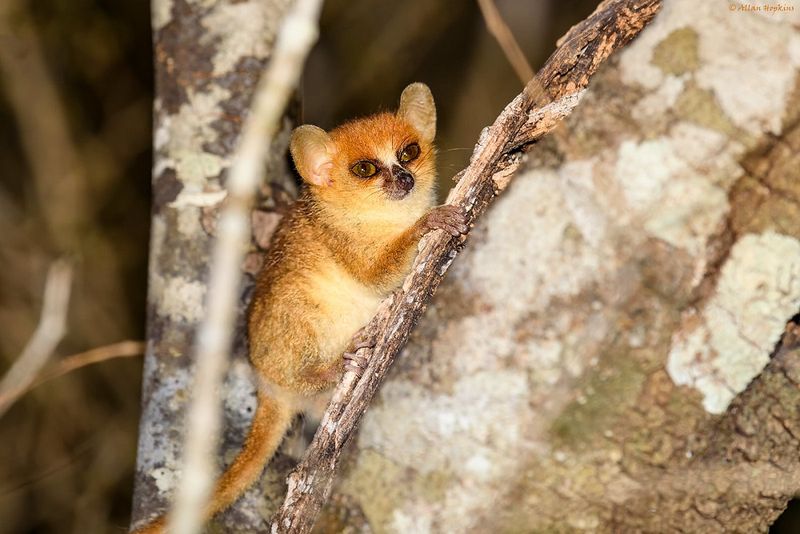
Madame Berthe’s Mouse Lemur is the smallest primate, residing in Madagascar’s lush forests. With large eyes and a tiny frame, it resembles a creature from a fairy tale.
Discovered in 1993, this nocturnal primate is a master of agility. It feeds on insects and fruit, playing a vital role in seed dispersal.
Despite its small size, it faces threats from habitat destruction. Madame Berthe’s Mouse Lemur highlights the need for conservation in Madagascar, preserving the remarkable biodiversity of this unique island.
Leaf Chameleon
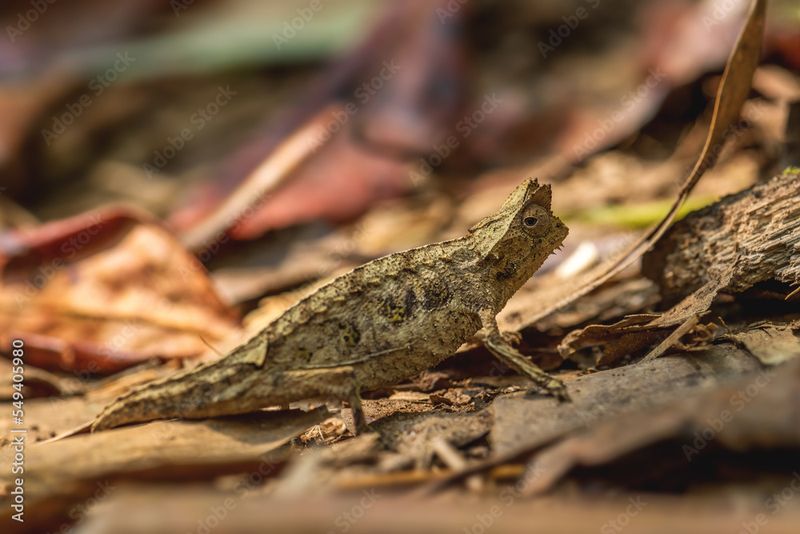
The Leaf Chameleon, also known as Brookesia, is a master of camouflage. Native to Madagascar, this tiny reptile blends perfectly with the leaf litter on the forest floor.
Measuring just over an inch, its diminutive size was only recognized by scientists in recent decades. Its behavior and adaptive coloration provide insights into evolutionary biology.
The Leaf Chameleon’s discovery underscores the rich biodiversity of Madagascar, emphasizing the importance of habitat preservation. Its stealthy existence is a reminder of nature’s ingenious adaptations.
Scarlet Dwarf Dragonfly
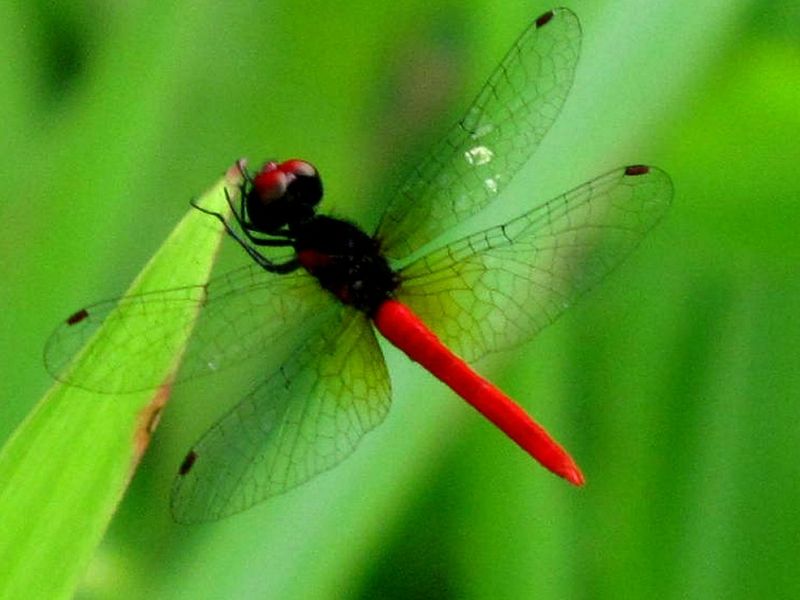
The Scarlet Dwarf Dragonfly, known for its vivid red coloration, is the smallest dragonfly species. Found in Southeast Asia and Australia, it measures just 20 mm in length.
Its delicate wings and swift flight make it a skilled hunter of small insects. Discovered in the early 20th century, it thrives in ponds and wetlands.
Despite its size, it is an important indicator of ecosystem health. The Scarlet Dwarf Dragonfly’s existence highlights the diversity of dragonfly species and the intricate balance of aquatic habitats.
Dwarf Lanternshark
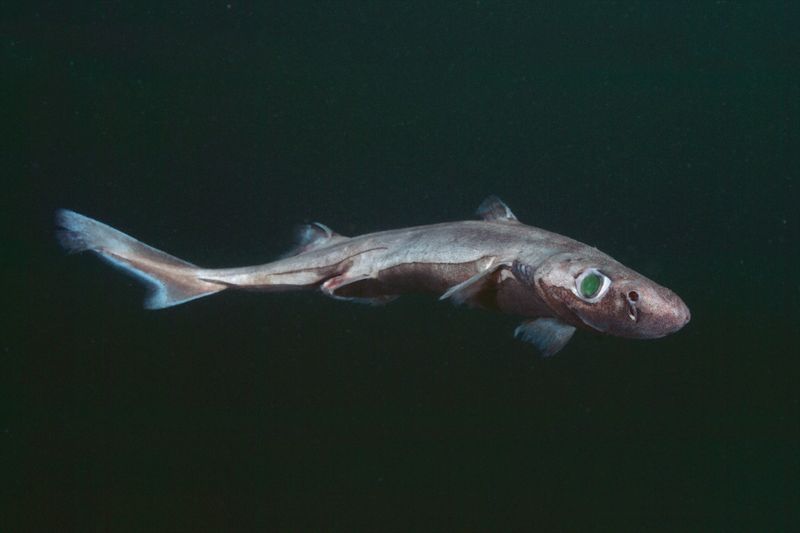
The Dwarf Lanternshark, one of the smallest shark species, is a creature of the deep sea. Measuring just 20 cm, it is known for its bioluminescent skin, which glows in the dark ocean depths.
Discovered in the 1960s, this elusive species remains relatively unknown. Its glowing appearance aids in camouflage and communication.
The Dwarf Lanternshark’s discovery revealed the mysterious life dwelling in the deep sea, emphasizing the need for marine conservation. Its glowing skin and small size are a testament to the wonders hidden beneath the ocean’s surface.
Borneo Pygmy Elephant
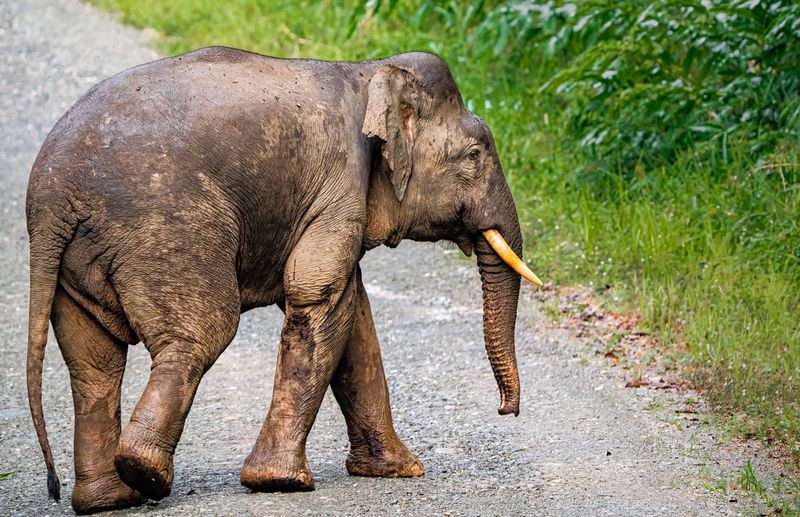
The Borneo Pygmy Elephant, while not tiny, is the smallest of the elephant family. Found in Borneo, it is characterized by its smaller size, large ears, and gentle nature.
Its discovery in the wild was a surprise to many, highlighting the unexplored diversity of the Borneo rainforest. These elephants play a crucial role in their ecosystem, aiding in seed dispersal and forest maintenance.
Despite their importance, they face threats from habitat loss and poaching. The Borneo Pygmy Elephant underscores the significance of conserving Borneo’s unique wildlife.
Panda Ant
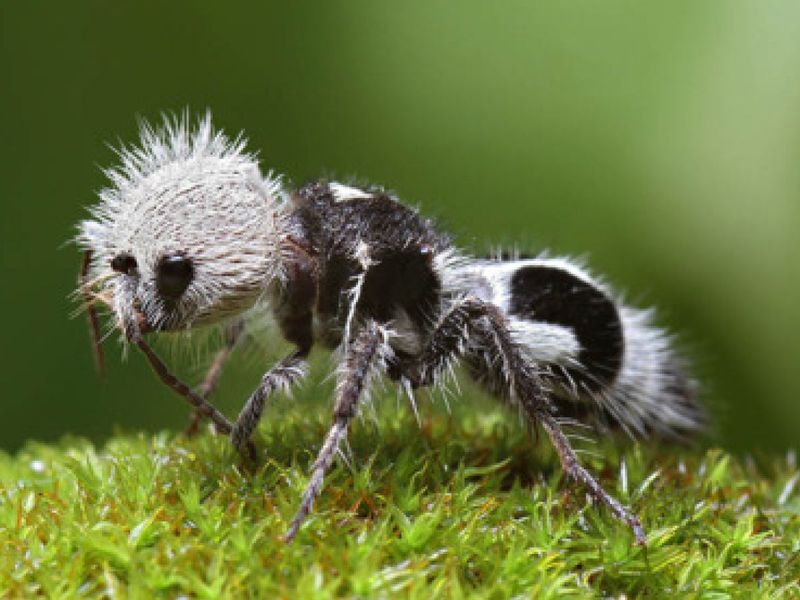
The Panda Ant, despite its name, is a wasp. Known for its striking black and white appearance, it resembles a tiny panda bear.
Found in Chile, this wingless insect is a solitary creature, navigating the sandy terrain with ease. Its discovery drew attention to the diversity of mutillid wasps.
The Panda Ant’s vibrant coloration serves as a warning to predators, showcasing nature’s strategies for survival. Its presence highlights the remarkable adaptations of insects to various environments.
Slender Blind Snakes
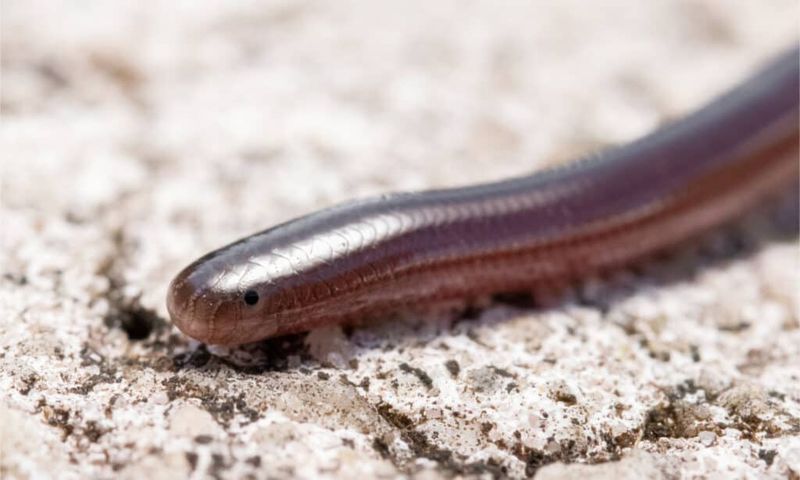
Slender Blind Snakes, also known as thread snakes, are among the smallest serpents. Resembling earthworms, they burrow through soil, feeding on ants and termites.
With a smooth, shiny body, they are almost invisible in their subterranean habitats. Discovered in recent decades, their existence revealed the hidden diversity beneath our feet.
These snakes emphasize the complexity of underground ecosystems and the roles played by even the smallest creatures. They challenge our perceptions of snake diversity, showcasing the breadth of adaptations within the reptile world.
Gooty Sapphire Tarantula
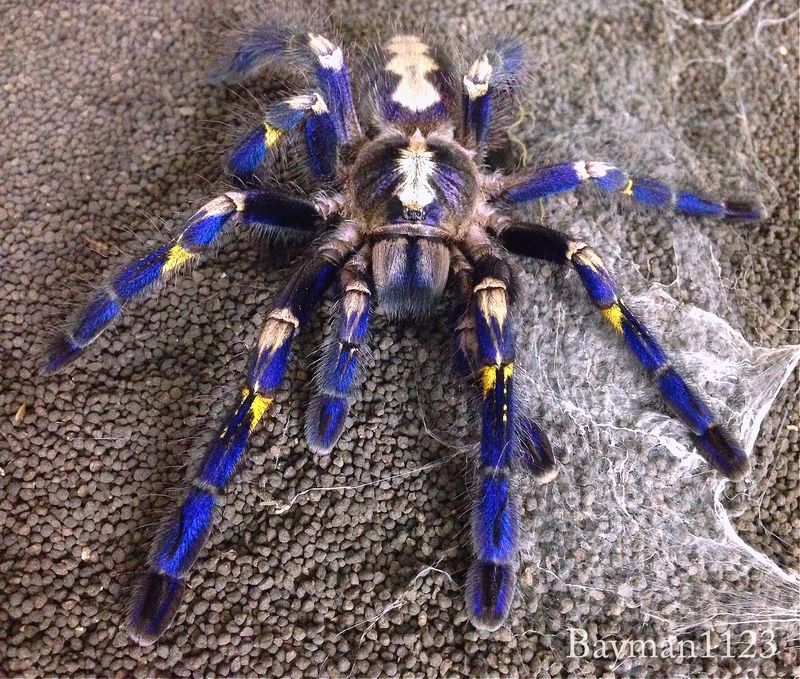
Shimmering like a jewel, the Gooty Sapphire Tarantula (Poecilotheria metallica) is a rare arachnid found in the forests of Andhra Pradesh, India. Its brilliant blue hue captivates the eye, making it a prized find among spider enthusiasts.
Residing high in tree canopies, this tarantula is known for its arboreal lifestyle. Its vivid color serves as a warning to potential predators about its venomous nature, although it rarely poses a threat to humans.
Intriguingly, this species was once thought extinct due to habitat loss, only to be rediscovered in a small forest fragment.
Pygmy Jerboa
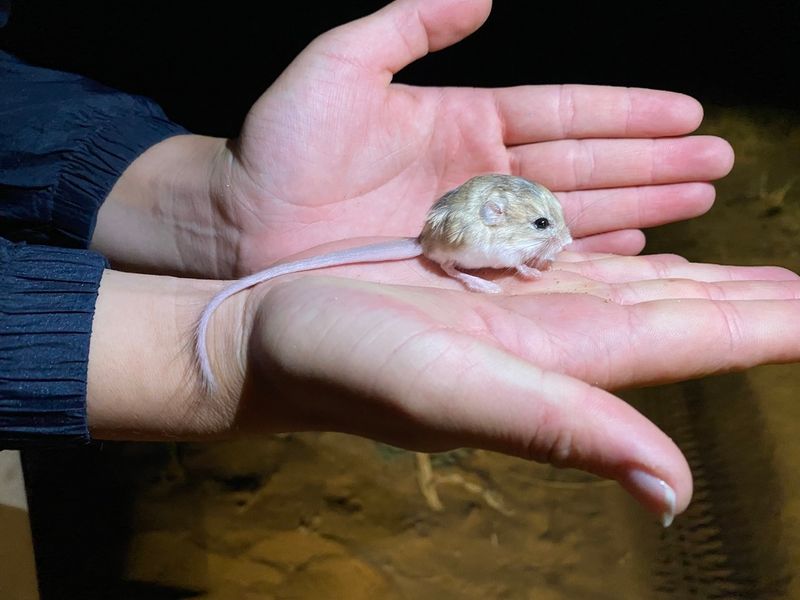
Imagine a creature so small and swift, it seems almost unreal. The Pygmy Jerboa (Salpingotulus michaelis) is one such marvel, residing in the deserts of Pakistan. Weighing just a few grams, this diminutive rodent is among the smallest in the world.
With oversized hind legs and a tail longer than its body, it hops like a mini kangaroo, covering surprising distances. Its nocturnal nature and sandy coat offer excellent camouflage against desert predators.
Curiously, the Pygmy Jerboa’s diet consists mainly of seeds and insects, allowing it to thrive in arid conditions where water is scarce.
Naked Mole-Rat
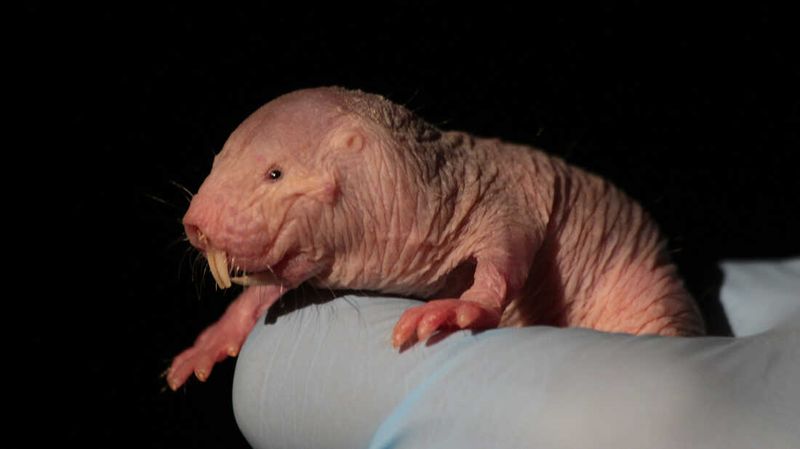
Delightfully odd, the Naked Mole-Rat (Heterocephalus glaber) is a burrowing rodent found in East Africa. Its name hints at its peculiar appearance: hairless, with wrinkled skin and tiny eyes that seem almost vestigial.
This creature thrives in subterranean colonies, led by a single breeding queen, much like social insects. Remarkably, it can survive low-oxygen environments due to its unique hemoglobin structure.
Interestingly, Naked Mole-Rats exhibit a high resistance to cancer, stirring scientific interest. Their peculiar social structure and physiological traits make them subjects of ongoing biological research.

